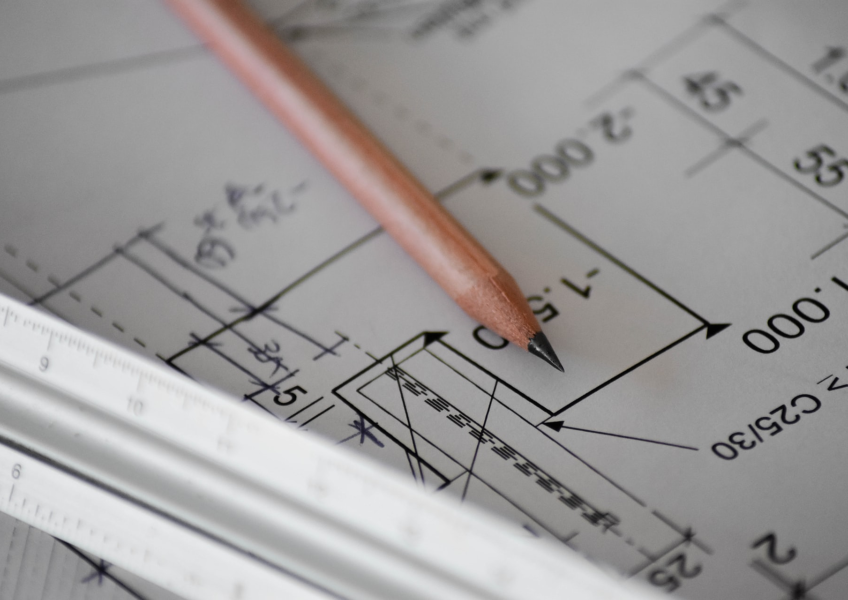Decoding Elevator and Escalator Accidents: The Unseen Dangers Lurking
In the hustle and bustle of urban life, elevators and escalators are essential components in transporting millions daily. As these mechanical systems age or undergo wear and tear, the risks of malfunctions or accidents rise. Forensic engineering offers invaluable insights into the root causes of these accidents, promoting safer designs and maintenance practices.
The Vertical Lifelines of Modern Buildings
Elevators and escalators are no longer luxuries but essential components of modern infrastructure. Whether it’s a 50-story office complex or a busy metro station, these mechanisms ensure efficient movement of people.
Common Reasons for Malfunctions
While accidents are rare, understanding the underlying causes is vital:
- Wear and Tear: Regular use over the years can cause components to wear out, leading to potential malfunctions.
- Inadequate Maintenance: Skipping scheduled maintenance checks can result in undetected issues that may later cause accidents.
- Design Flaws: Sometimes, the design itself can be the culprit. This might involve faulty wiring, improper spacing, or an inefficient braking system.
- External Factors: Spills, foreign objects, or vandalism can also play a role in causing accidents.
Forensic Engineering to the Rescue
When an accident occurs, forensic engineers conduct in-depth investigations:
- Examining the scene for physical evidence.
- Analyzing maintenance records and operational logs.
- Studying the design and installation details.
Their analyses not only identify the direct causes of accidents but also offer recommendations to prevent similar incidents in the future.
Ensuring Safe Vertical Transits
As cities grow taller and busier, the role of elevators and escalators will only become more prominent. Through forensic engineering, we can ensure these essential transport systems remain safe and efficient for everyone.




